Expectations to remove fare barriers
Recently, Sun Phu Quoc Aviation Company Limited under Sun Group Corporation was approved in principle to establish Sun PhuQuoc Airways. This airline will focus on exploiting the flow of domestic and international tourists to Phu Quoc Island, Kien Giang Province.
Phu Quoc Island is an attractive tourist destination for domestic and foreign tourists, with the presence of many 5-star resorts from leading service providers. In the first 5 months of this year, Phu Quoc welcomed more than 3.5 million visitors, an increase of 31% over the same period, including more than 770,000 international visitors, an increase of 78%, according to a representative of the Kien Giang Provincial Department of Tourism at a recent event.
However, airfare is also a barrier for tourists to Phu Quoc. In the past, round-trip airfare from Hanoi to Phu Quoc was around 5-6 million VND, and from Ho Chi Minh City to Phu Quoc was around 3-4 million VND, higher than flights to some countries in the region such as Thailand and Malaysia.
Phu Quoc Airport (Photo: Ngoc Tan).
In a recent conference, Ms. Le Thanh Thao - Chairman of the Hanoi Tourism Association - said that tourists traveling from Hanoi to Phu Quoc cannot replace traveling by car or train like traveling from Da Nang and Nha Trang, so the most feasible option is by air. However, in the past year, airfares from Hanoi to Phu Quoc have been high, so domestic tourists from Hanoi to Phu Quoc have been few.
Therefore, the appearance of Sun PhuQuoc Airways brings great expectations for the change of Phu Quoc tourism picture, increasing the number of flights and improving lower ticket prices. Because in terms of scale, Sun PhuQuoc Airways will develop its fleet to 31 aircraft by 2030 (including 21 narrow-body aircraft and 10 wide-body aircraft).
Sun PhuQuoc Airways is expected to have its base airport at Van Don International Airport (Quang Ninh), which is also a BOT airport project owned by Sun Group. In addition, the airline will use Noi Bai, Tan Son Nhat, Long Thanh, Phu Quoc, Da Nang, Phu Cat and Cam Ranh airports to park its aircraft overnight.
According to the approved roadmap, Sun Group will prepare to invest and apply for a business license to transport passengers by air from March to December, and begin operating the first commercial passenger flight from December this year.
Once Sun Group opens another airline and can operate commercially soon, experts expect it to be a driving force to boost tourism for the APEC 2027 event in Phu Quoc. Attracting international visitors to the pearl island thanks to diverse routes and flexible times will also bring opportunities for tourism development in the future.
How are other giants competing?
Sun PhuQuoc Airways was approved for investment in the context that Vietnam has 6 domestic airlines operating regular flights including: Vietnam Airlines, Vietjet Air, Bamboo Airways, Pacific Airlines, Vasco and Vietravel Airlines.
In April, these airlines operated nearly 22,300 flights but had a delay rate of 42.5%, according to the Civil Aviation Authority of Vietnam. According to the Authority, the delay rate was mainly due to late arrival of aircraft. Other causes came from the airlines themselves.
Overall, the aviation market is recovering positively after the Covid-19 period from business results and the entry of new airlines.
In the first quarter of this year, Vietjet recorded net revenue of more than VND17,952 billion, a slight increase compared to the same period last year. Profit after tax was more than VND641 billion, an increase of 19%.
Meanwhile, Vietnam Airlines achieved net revenue of VND30,551 billion, up 11% over the same period last year. Profit after tax decreased by 22% to more than VND3,486 billion. This profit mainly came from core business activities, completely different from the same period last year when there was other profit of more than VND3,627 billion.
Vietnam Airlines reported an increase in revenue, with international air freight revenue up 7% year-on-year due to the recovery of the air freight market. The company has restored its entire domestic flight network, most international routes have been operated, and new routes have been opened.
In the market, Vietjet Air leads the market share with 44%, followed by Vietnam Airlines with 42%. New airlines such as Bamboo Airways reach 6.9%, according to Vietjet's updated information in its 2024 annual report. Airlines are also continuously increasing their fleets and developing their flight networks to strengthen their competitive advantage.
Big plans
Vietnam Airlines assessed that the Vietnamese aviation market this year is gradually recovering to the same level as in 2019, however, the recovery is uneven across regions. Some markets have stagnated and recovered slowly due to weakened demand even though the level of competition has not returned to the level of 2019. This trend is expected to continue until the end of this year.
Vietjet cited the forecast of the International Air Transport Association (IATA) stating that this year, world aviation revenue will surpass the 1,000 billion USD mark for the first time and global transport volume will reach a record 5.2 billion passengers.
The Asia-Pacific region alone is expected to achieve double-digit growth in both demand and capacity, leading the world. These figures show a positive development trend in global aviation, especially when the need for connectivity to develop economies, trade and cultural exchanges between countries is increasing.
In that context, airlines all set big goals, focusing on increasing flight routes and fleets.
Vietjet has announced a series of new routes to Bangalore and Hyderabad (India), Beijing and Guangzhou (China), New Zealand and plans to explore new markets such as the Philippines, Maldives and Europe.
This year also marked Vietjet's first flight to the US, in which a series of cooperation agreements were signed, bringing the total value of aviation cooperation between Vietjet and US strategic partners to nearly 50 billion USD.
Vietnam Airlines aims to focus on increasing the efficiency of its fleet and improving labor productivity; prioritizing resources to implement investment projects to develop the corporation's synchronous service infrastructure at Long Thanh airport and base airports; expanding its international flight network through 15 newly opened and re-operated routes to Italy, Russia, Denmark, China, South Korea, and the UAE.
Meanwhile, Mr. Do Quang Hien - Founder, Executive Chairman of T&T Group, strategic shareholder of Vietravel Airlines - does not hide his ambition to revive and restructure to soon turn Vietravel Airlines into one of the leading airlines in Vietnam and towards the region.
This airline has also recently had certain changes in its senior personnel structure related to shareholder T&T Group. Mr. Do Vinh Quang - Vice Chairman of the Board of Directors and Deputy General Director of T&T Group - was elected Chairman of Vietravel Airlines for the 2025-2030 term. Along with that, the new members of the Board of Directors of this enterprise also have the participation of many representatives of leaders of companies in the ecosystem of T&T Group.
Mr. Do Vinh Quang said that the new term Board members will work with Vietravel Airlines to synchronously implement solutions in restructuring to achieve the goal of increasing fleet size, expanding domestic flight network, promoting cooperation and joint ventures to develop international routes.
Meanwhile, according to data from the Vietnam Airports Authority, in April, this airline operated only 207 flights, the lowest among the six operating airlines. The delay rate was 28.5%, only lower than Vietnam Airlines (30.9%) and Vietjet Air (56.7%).
Or the case of national airline Vietnam Airlines, which has a plan and has been approved to invest in 50 more narrow-body aircraft to develop domestic and regional routes to meet transportation needs.
The total investment is over 3.5 billion USD, equivalent to nearly 92,400 billion VND. Of which, the loan capital is over 1.9 billion USD, the remaining 1.6 billion USD is from equity. The plan was set while Vietnam Airlines still had an accumulated loss of nearly 30,216 billion VND, negative equity of 5,854 billion VND, as of March 31.
Regarding this plan, according to the meeting minutes, State shareholder SCIC suggested that Vietnam Airlines continue to study the appropriate equity-loan structure to reduce overall capital costs, operating and exploitation costs; continue to negotiate with aircraft manufacturers for more favorable conditions on trade and technical support.
Source: https://dantri.com.vn/kinh-doanh/sun-group-lap-hang-bay-cuoc-dua-tren-bau-troi-cua-cac-dai-gia-viet-ra-sao-20250525072558679.htm



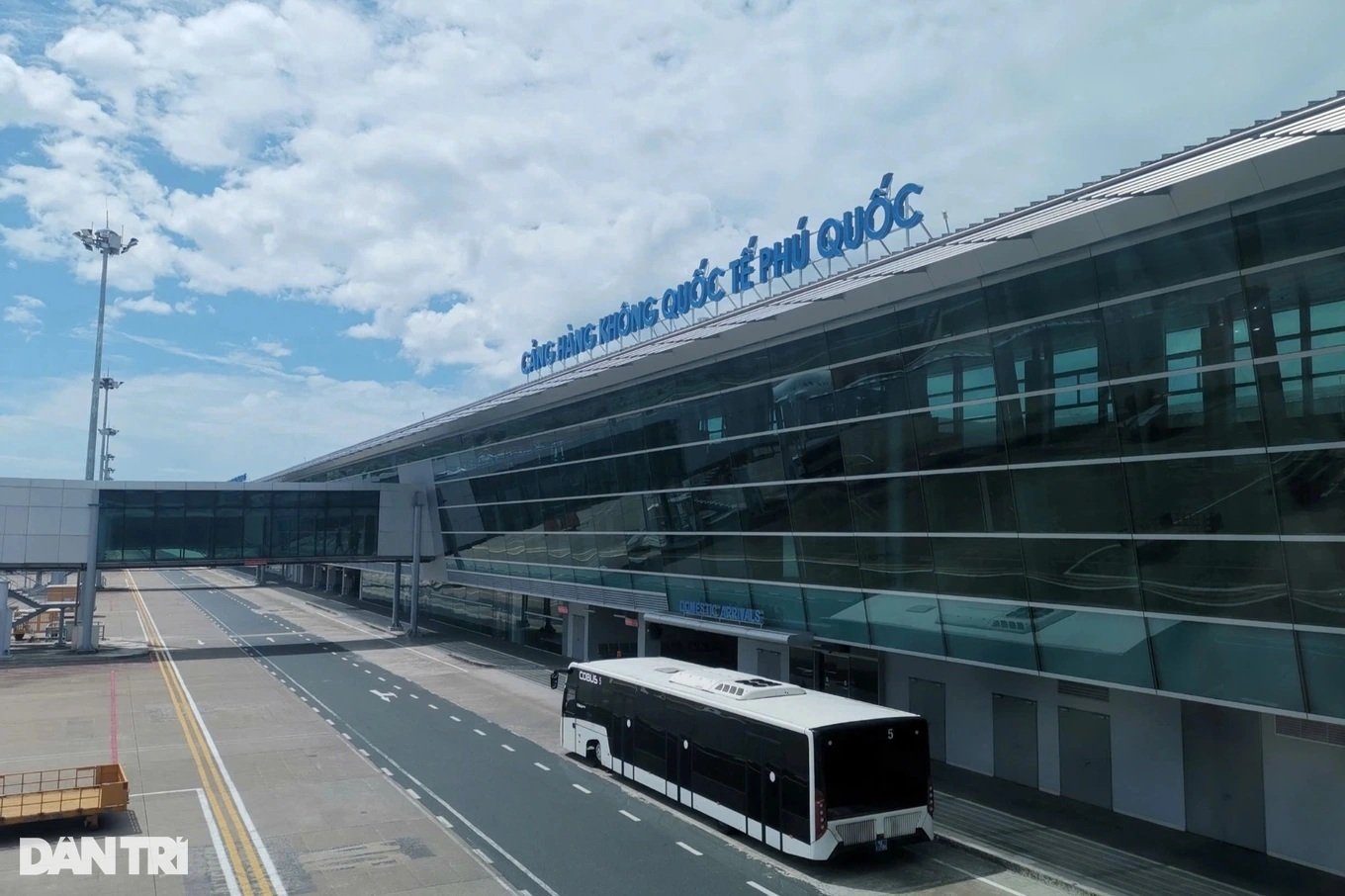


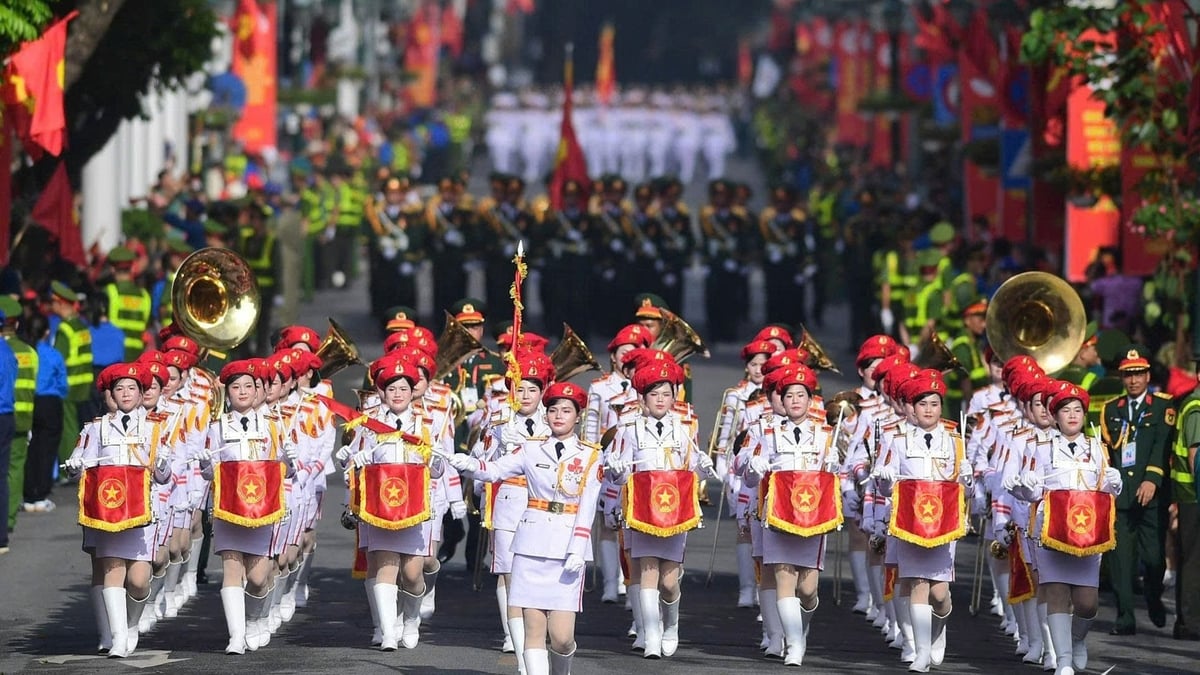

![[Photo] Special art program "Da Nang - Connecting the future"](https://vphoto.vietnam.vn/thumb/1200x675/vietnam/resource/IMAGE/2025/9/2/efdd7e7142fd45fabc2b751d238f2f08)
![[Photo] Ho Chi Minh City residents show their affection to celebrate the 80th anniversary of the August Revolution and National Day September 2](https://vphoto.vietnam.vn/thumb/1200x675/vietnam/resource/IMAGE/2025/9/3/55d860cbb63a40808e1e74ad9289b132)
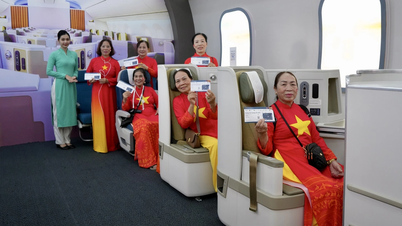

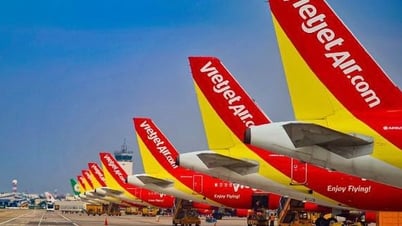















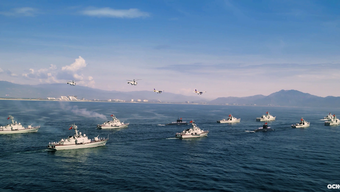
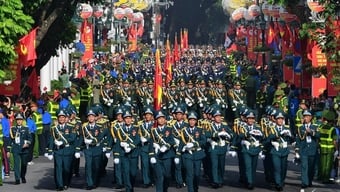






























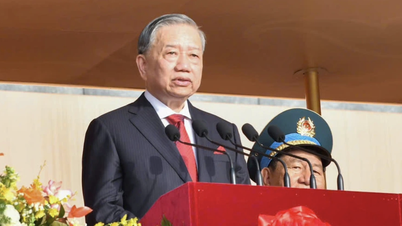











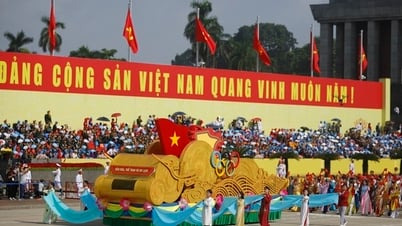

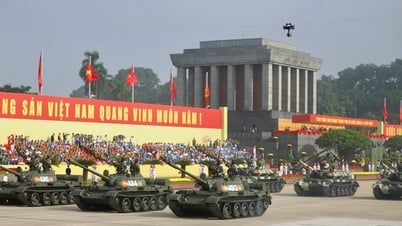
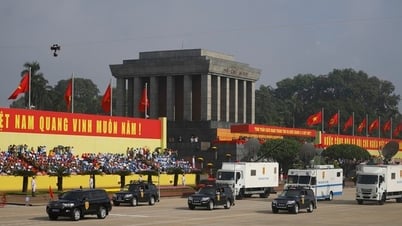


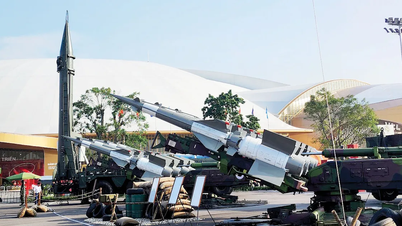





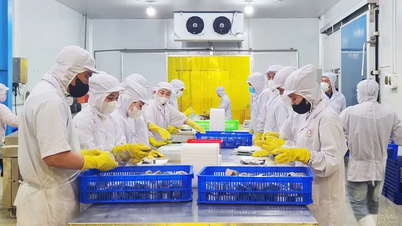

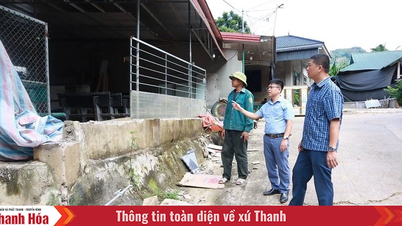







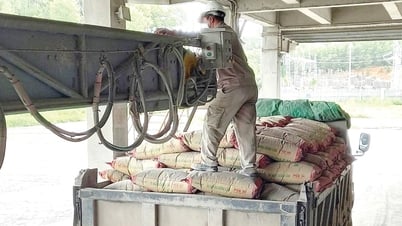



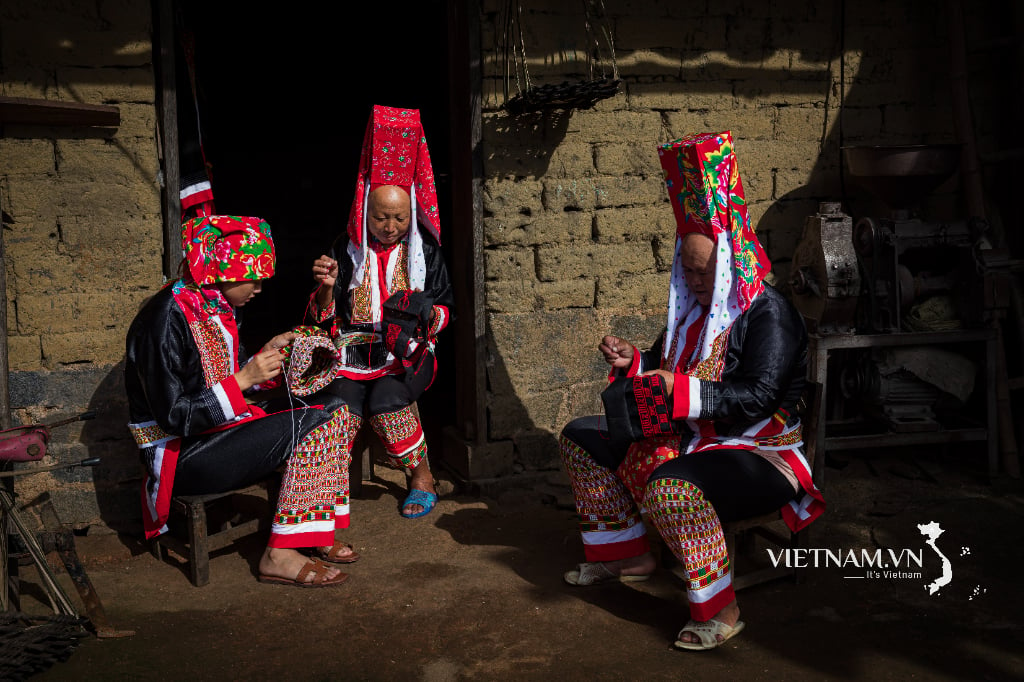

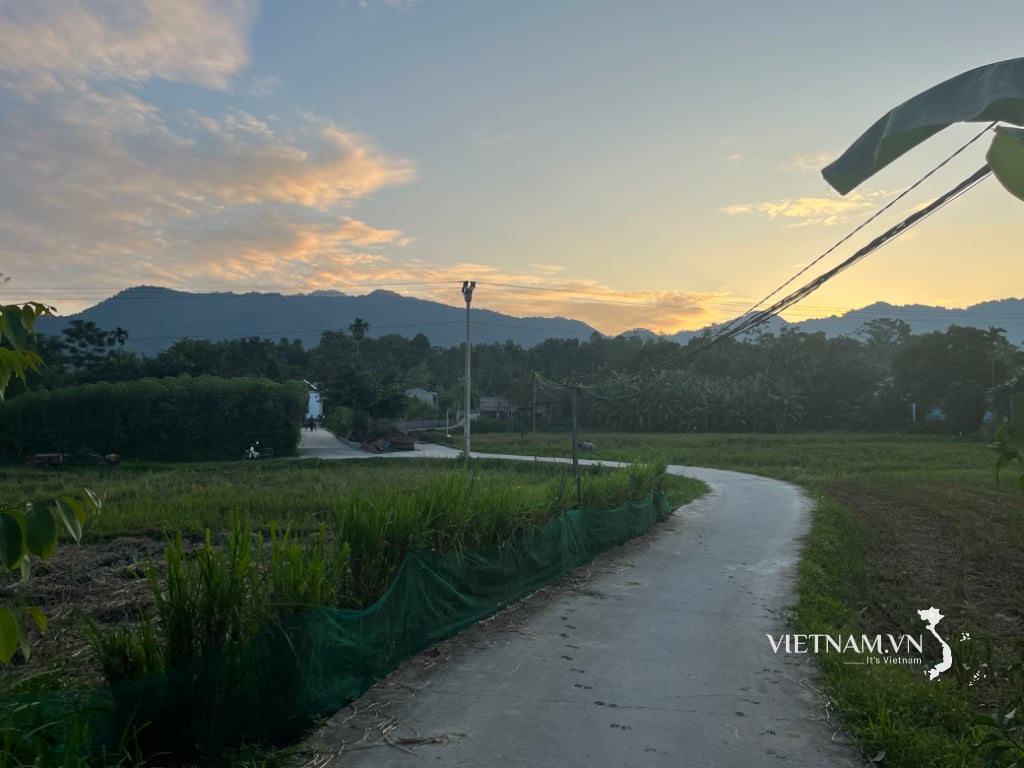
Comment (0)